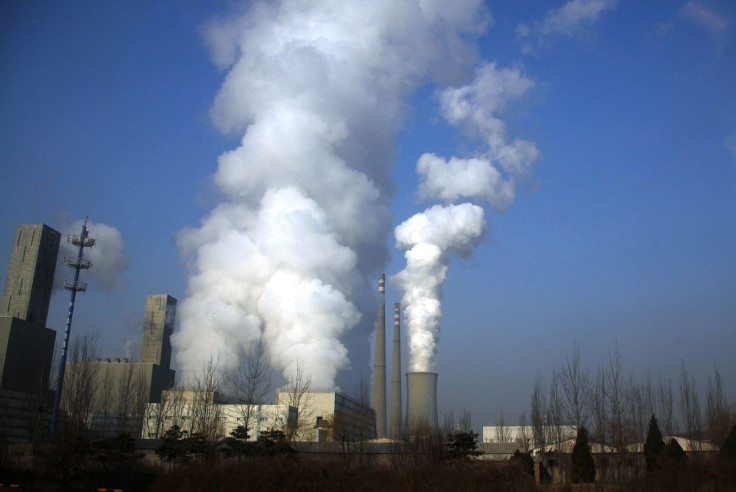Deep-sea bacteria could neutralise greenhouse gas, researchers reveal

A type of bacteria found at the bottom of the ocean could neutralise large amounts of industrial carbon dioxide in the atmosphere, a U.S. study has found.
Researchers from the University of Florida (UF) said that the bacterium called Thiomicrospira crunogena produces carbonic anhydrase, an enzyme that helps remove carbon dioxide in organisms. Their findings were detailed in the journals Acta Crystallographica D: Biological Crystallography and Chemical Engineering Science.
The majority of greenhouse gases emitted in the atmosphere are carbon dioxide, which can be captured and neutralised in a process known as sequestration. To convert the carbon dioxide into a harmless compound, a durable, heat-tolerant enzyme is required. That’s where the deep-sea bacterium comes into play, according to the researchers.
Since it lives near hydrothermal vents, the bacterium produces enzyme called carbonic anhydrase that is accustomed to high temperatures. This is exactly what’s needed for the enzyme to work during the process of reducing industrial carbon dioxide, said Robert McKenna, the study’s lead researcher and a professor of biochemistry and molecular biology in the UF College of Medicine.
“This little critter has evolved to deal with those extreme temperature and pressure problems. It has already adapted to some of the conditions it would face in an industrial setting,” McKenna explained.
To sequester the carbon dioxide, the enzyme first catalyses a chemical reaction between carbon dioxide and water. Once the carbon dioxide interacts with the enzyme, the greenhouse gas is converted to bicarbonate. The bicarbonate can then be further processed into products such as baking soda and chalk.
In an industrial setting, the process of neutralising carbon dioxide can require a significant amount of carbonic anhydrase. To address this, McKenna’s team found a way to produce the enzyme without repeatedly harvesting it from the sea floor. They discovered that the enzyme can be produced in a laboratory using a genetically engineered version of the common E. coli bacteria.
To date, the researchers have produced several milligrams of the carbonic anhydrase. However, they note that much larger quantities would be needed to neutralise carbon dioxide on an industrial scale.
Graduate research assistant Avni Bhatt said it is one of the challenges to be overcome before they could put the enzyme against carbon dioxide in real-world settings. Despite being able to tolerate high temperatures, the enzyme studied by McKenna’s team isn’t particularly efficient.
According to Bhatt, they hope that further research will produce a variant of the enzyme that is both heat-tolerant and fast-acting enough that it can be used in industrial settings. The team also wants to explore ways to increase the enzyme’s stability and longevity, which are important issues to be addressed before the enzyme could be put into widespread industrial use.
This is not the first study to show the ability of carbonic anhydrase in neutralising carbon dioxide. In a 2014 research published in PNAS, a group of U.S. scientists developed a tough type of the enzyme that can help capture carbon dioxide released from coal-fired power stations. When they tested it in a pilot carbon capture unit attached to a coal-fired plant, the team found that the enzyme improved the carbon dioxide absorption of an amine solvent by 25 times and removed about 60 to 70 percent of all the carbon dioxide from the waste stream. The study involved enzyme developers such as Codexis and Novozymes as well as BP Biofuels, and was supported by the U.S. Department of Energy.
Contact the writer at feedback@ibtimes.com.au or tell us what you think below.




















